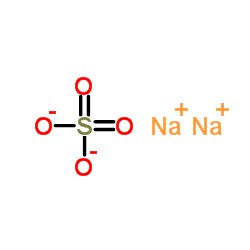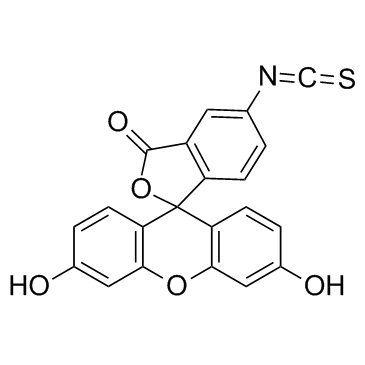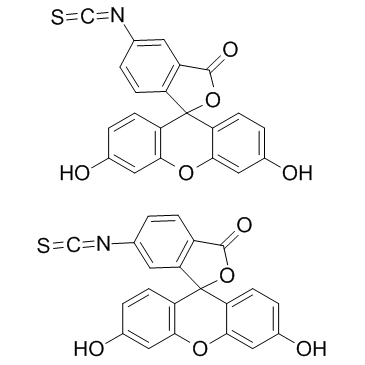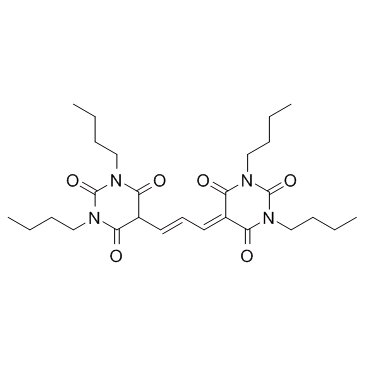| Structure | Name/CAS No. | Articles |
|---|---|---|
 |
sodium sulfate
CAS:7757-82-6 |
|
 |
Fluorescein isothiocyanate
CAS:3326-32-7 |
|
 |
fluorescein 5-isothiocyanate
CAS:27072-45-3 |
|
 |
TRAM-34
CAS:289905-88-0 |
|
 |
DiSBAC2(5)
CAS:70363-83-6 |